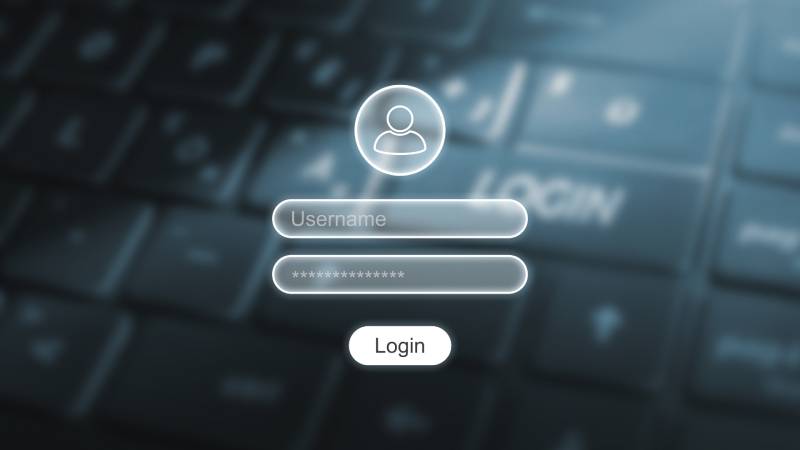Overview of Identity Theft and Cyber Intrusions in 2024
In a revealing study conducted by IBM, identity-based cyberattacks were responsible for nearly one-third of all security breaches in 2024. It’s a troubling statistic that highlights the increasing sophistication and focus of cybercriminals on stealing legitimate credentials.
Significant Findings from the IBM X-Force 2025 Threat Intelligence Index
The IBM X-Force 2025 Threat Intelligence Index, published recently, sheds light on the alarming trends in cyber security. Here are the key insights:
- Alarming Rise in Infostealers: The sending of infostealers via email saw an unprecedented increase of 84% last year.
- High Incidence of Credential Misuse: Misuse of genuine user credentials accounted for 30% of cyber intrusions, tying with the exploitation of public-facing applications for the most common breach method.
- Darker Developments on the Dark Web: There was a 12% increase in the advertisement of infostealer programs on dark web forums, with Lumma Stealer emerging as the most prominently marketed tool.
Evolution of Email Phishing and Malware Tactics
IBM’s report also highlighted a strategic shift in the methods used by attackers to compromise user data:
- Preference for embedding malicious URLs in PDFs, which now constitute over 45% of email attachments, helping to evade detection more effectively.
- Significant reduction in the use of ZIP and RAR file attachments, which decreased by 70% and 45% respectively, due to better detection capabilities of modern security systems.
Recommendations for Countering Identity Threats
To respond to these growing threats, IBM suggests several strategies:
- Creating an integrated identity management framework, or “identity fabric,” that connects all identity solutions to prevent data silos.
- Strengthening Authentication: Prioritizing multi-factor authentication (MFA) across the organization to enhance security posture.
- Implementing advanced security measures like strong encryption and access controls to safeguard against credential theft.
- Adoption of AI-driven security solutions to swiftly detect and respond to incidents involving credential misuse.
Combating Rising Cyber Threats
Last year witnessed a significant escalation in the targeting of public-facing applications, which accounted for 30% of attacks, including 26% targeting critical infrastructures. The most discussed vulnerability was CVE-2024-21762, a potent remote code execution flaw in Fortinet FortiOS.
Learn more about the Fortinet vulnerability.
With the rapid evolution of cyber threats, particularly those involving identity theft, comprehensive and proactive measures are essential. Following the guidelines provided can help organizations protect against the increasingly sophisticated tactics of cyber adversaries.
Related: Urgent Alert: Patch Your Erlang/OTP SSH Now to Prevent Easy Remote Exploits!
Last Updated: April 17, 2025




